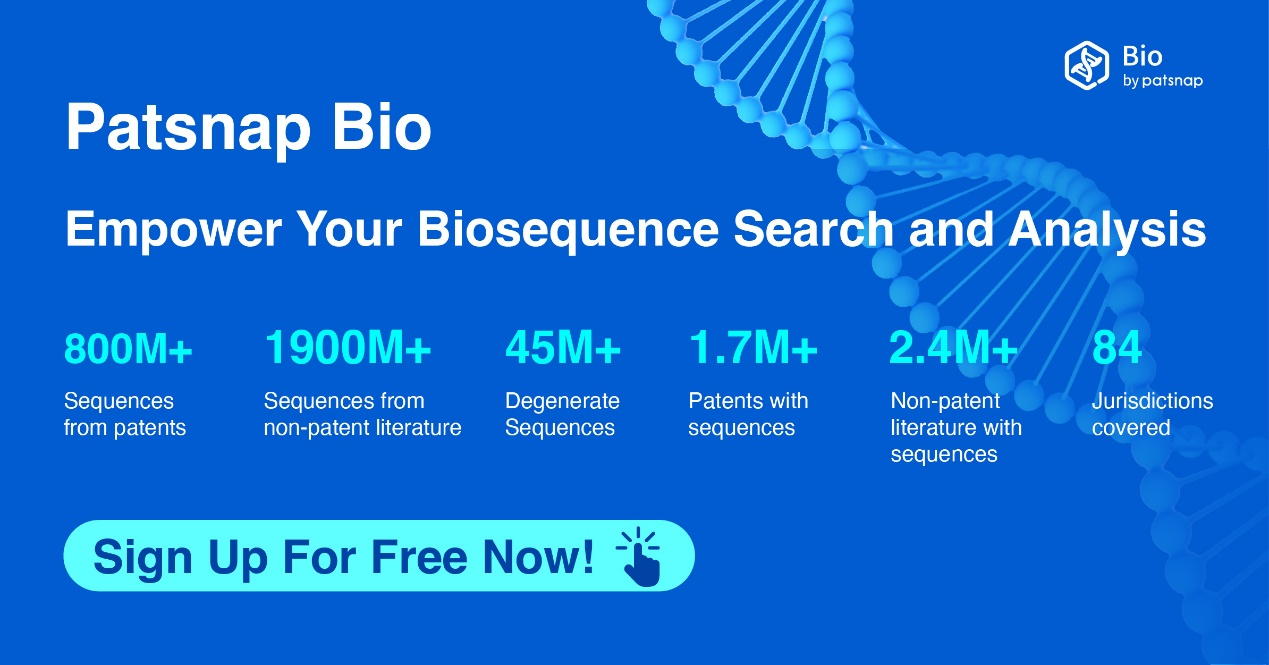Biological Glossary | What is Terminator?
In biology, a terminator is a sequence of nucleotides that marks the end of a gene or operon during the transcription process. Biological terminators play a crucial role in defining the end of a transcriptional unit and initiate the release of the newly synthesized RNA from the transcription machinery. These sequences are found downstream of the gene to be transcribed and typically occur immediately after any 3’ regulatory elements, such as the polyadenylation or poly(A) signal.
In prokaryotes, there are two main types of terminators: rho-independent and rho-dependent. The rho-independent terminators are typically composed of a palindromic sequence that causes RNA polymerase to pause, thereby ceasing RNA synthesis. On the other hand, rho-dependent terminators rely on the rho factor, a helicase, to assist in the termination of RNA transcript.
Terminators not only contribute to the variability in RNA half-life and gene expression, but they also play a key role in RNA processing. They are important in biological processes as they mark the end of a transcription or translation process, allowing for the onset of new mRNA transcription. However, rho-dependent terminators are generally not used in plasmid-based expression systems.
Free registration is available for the Bio biological sequence database: https://bio-patsnap-com.libproxy1.nus.edu.sg. Act now to expedite your sequence search tasks.




